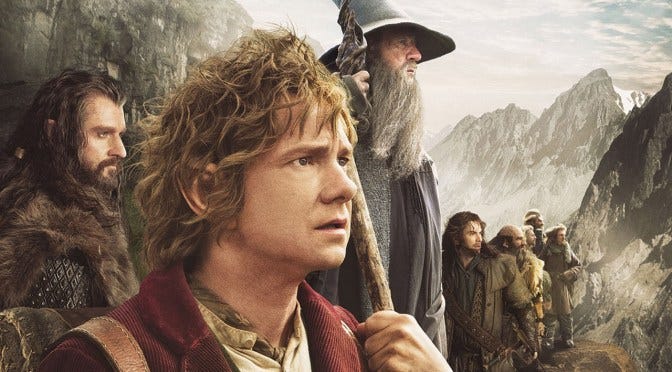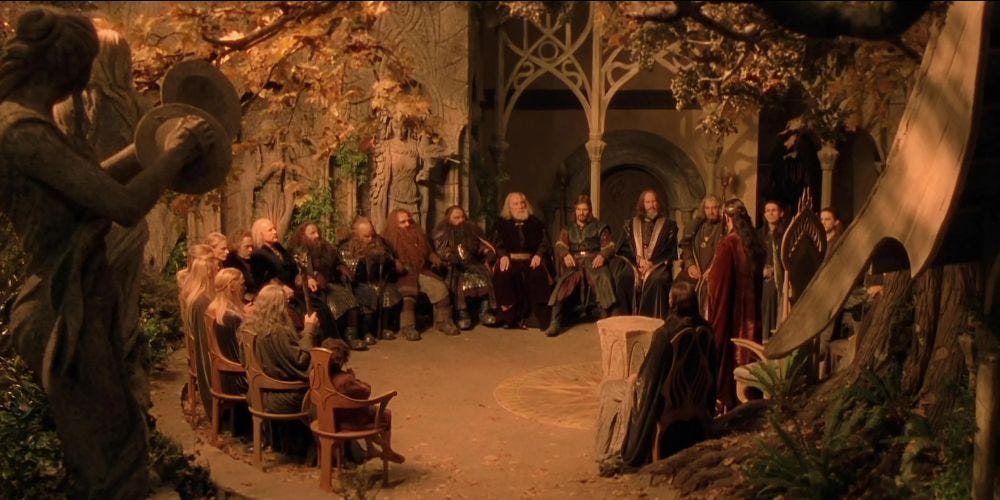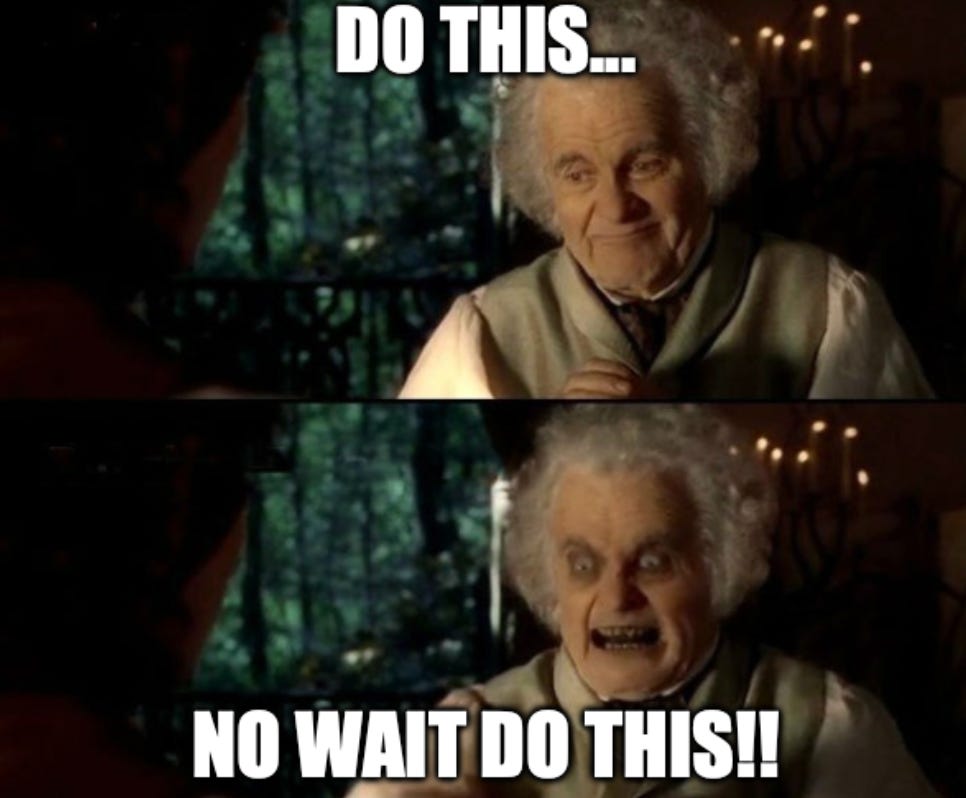11. Lessons from my first 3 years as a PM
A lookback on key lessons from the past 3 years
Welcome! I’m Vincent and this is a Product Manager’s Notebook, a series of notes for people who are interested in sharing and learning the art of product management and career development. You can read my archive here.
If you appreciate reading this post, please consider liking and subscribing.
Welcome back to the Product manager's notebook - I hope you had a wonderful break. I certainly did, though days at home with a toddler are certainly hard work! 😅
At the end of every year, I reflect on my learnings in the year as a whole to see where I am in my journey as a PM. There is something about the annual milestone that’s very useful for tracking progress. And to be sure, I have made progress.
Every year, I look back at the things that I’ve done earlier in the year, or in previous years, and see that I would approach the situation differently with what I’ve learned since. Every year, I find I learn a bit more, put more skills into my toolbelt, and take another step towards being an effective PM.
A top level overview of my first three years:
Year 1: Operational Know-how and Design thinking
Year 2: Effective Communication
Year 3: Systems Thinking and the Art of Influencing
Year 1: The Journey Begins
I learned a lot in that first year, some of it through trial by fire. The ones that stood out for me:
Design ideas need to be communicated visually, or else be left open to interpretation. Then everyone gets surprised, but not in a good way. 💥
User designs must be simple and intuitive, if you want your users to not get lost. Any extraneous features are a distraction. 🤡
Having a collaborative spirit with your Engineering partners (and others) and ensuring discussions revolve around options to solve problems is always a better path to finding solutions than top-down prescription of features
Having too many priorities and trying to do everything at the same time means that nothing gets achieved (especially to a high quality) and you burn out as an added bonus. 🔥
You have to factor in testing and phased releases to minimise risk to release dates and customers expectations during release
Those lessons reflect the fact that I was working on a very customer-facing product, where thousands of users interacted with our tools every day. That first year was all about execution. As the lead for several major projects, I was bringing multiple Engineering and Product teams together to coordinate work.
But collaboration wasn’t new to me. The myriad of conflicting opinions and priorities, however, was.
Although I finally had the title, it didn’t feel like I was making any impactful decisions. Rather, it felt as though I was managing projects, rather than solving real customer problems.
Customers, that I had little time to meet with since I was constantly in meetings, firefighting, or trying to achieve multiple priorities at once.
I felt a million miles away from the “empowered” model of PM I’d read about in books and online. The one who understood customer problems and made product decisions that drove business value. I knew I wanted more from the role and vice versa.
Onwards and upwards.
Year 2 - Learning about Product Management
We need to test assumptions throughout the development process - both those of PMs and Engineers - or risk giving users a nasty surprise on product release
How to design intuitive search and navigation really depends on how well you know your users. How do results get ranked, saved, or suggested? What metadata is needed for this to happen? (Still a fascinating debate that continues in every product search is required) 🔍
The need to communicate effectively (written) based on your different audiences. Keeping things short and brief with a clear outcome in mind is always better ✍🏻
Capturing, storing, and accessing data to understand your product and business is crucial to making any decision. This requires resources. 🔢
Outcomes over outputs: you have to minimise distractions to focus on impact, starting with only picking 2-3 outcomes a week
Working backwards and other product frameworks are useful tools to ensure you have considered the right risks and put your customer problem front and centre. But frameworks aren’t everything, they’re most effective when they are agreed upon as an organization on how to be used. 🗂️
In my second year, I started rolling out more high profile releases. With each release come real-life lessons in real-time. My product portfolio also evolved and I inherited a young Enterprise product struggling with direction, something I talked about here: Your Product is not your Child.
Suddenly, I managed an Enterprise product with tangible dollar-value impact on our bottom line - an exciting development. With a new product, came extensive research to get evidence on the right priorities I should care about. I began to make more time for customers and learned about different frameworks to apply during the discovery process, like user experience mapping, PRFAQs, and opportunity solution trees. 🌳
I also started to develop a better understanding of the technical architecture under the hood. A lot of Bloomberg technology is proprietary which presents its own unique challenges and opportunities. As I thought more deeply about my craft of being a PM, my mindset shifted towards outcomes vs outputs. At the end of the year, I presented a 5 year product vision and strategy to our senior leadership team.
Plans made. Time to deliver.
Year 3 - Systems Thinking and the Art of Influencing
With deeper knowledge and experience comes your principles and confidence. You need that confidence to make decisions as a PM. (You can read more about that here: How to Build Confidence as a PM)
It is non-negotiable to have your own view on situations, customer problems, and shared decisions. Making decisions by consensus is a sure fire way to get nowhere very slowly. This still means you can do so with respect and consideration with others’ opinions. 🫡
Less meetings and more deep thinking time equals more thoughtful decisions that lead to better impact. (You can see more thoughts on having better meetings here: Tips for PMs to have better Meetings)
Influencing others requires you to tell stories that they will care about based on their situations and needs. Different audiences need different stories, and the data should follow the story - not the other way around. 📚
Changing belief systems and mindsets is one of the most difficult things to do. Consistency is key, whether it’s in person meetings, department presentations or internal messaging. It IS possible, though it will feel like squeezing blood from stone.🩸
We must plan for the unexpected, because unexpected challenges are almost the one certainty during the development process.
It is not enough to think about your own product. You need to also consider the wider ecosystem, how your product fits in, and the impact of your design and commercial decisions. This is also true vice versa, as their decisions could impact you and your customers.🌎
Similarly, having an end-to-end understanding of your system architecture is super helpful to understand options to solve problems.🏛️
When you're looking to influence others, you need to have the mental agility to let go of your narrative to focus on your outcome. 🤸🏻♀️ This can be particularly challenging when you've done a lot of preparation to tell a story, which you now need to abandon.
In my third year, I started to put my product strategies into action. In the big release of the year, we addressed one of our customers’ major concerns and tracked its impact over time. I monitored business and product metrics with custom dashboards to collect usage intelligence. I travelled further and further to visit customers across the continents. ✈️
I realized: understanding your own product, your small part of the world, isn't enough when you want to make impact. To make a change to one part of the system requires other changes, with dependencies abound. This means that you need to understand the system and the business in its entirety to make sound decisions.
What other solutions are we offering to customers and what direction are we trying to go as a business? Where does my product offering fit into this space and who does it specifically cater for? 🍽️
It also transpires that product success depends heavily on others being invested in the journey. Influencing others to get to the outcome requires a lot of empathy, storytelling and mental agility. After all, it's not just the story you want to tell, but the story they will listen and respond to. 👂🏼
Those two things are subtly different.
Year 4 - Armed with New Skills
As I go into my fourth year, I'm sure it'll be another of valuable lessons and growth. One where I will make mistakes, but not the same as the ones I've made before. Real life situations and challenges that give you the real lessons that help us to evolve and develop.
I hope you’ll follow along with those lessons, and if you find this useful, please feel free to share!













